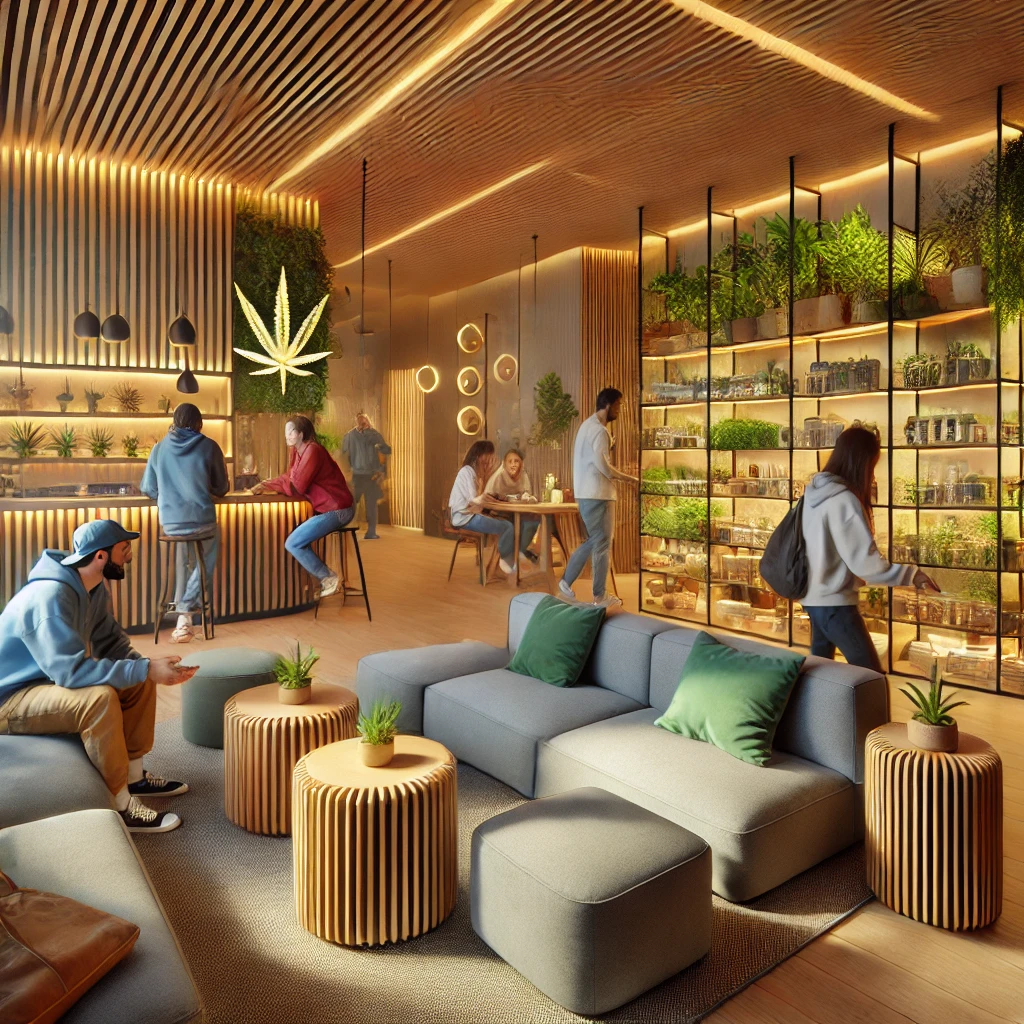The Evolution of Cannabis in Spain: From Prohibition to Private Clubs

Spain has emerged as a global destination for cannabis enthusiasts, but the journey from prohibition to a thriving private club culture is as fascinating as it is unique. Understanding the history and evolution of cannabis in Spain sheds light on how the country became a haven for cannabis enthusiasts, offering insights into its cultural and legal landscape.
Early Prohibition: Setting the Stage
The story of cannabis in Spain begins with strict prohibition. Like much of Europe, Spain adhered to the global trend of criminalizing cannabis during the early 20th century, heavily influenced by international treaties such as the United Nations’ Single Convention on Narcotic Drugs (1961). By the late 1960s, possession, consumption, and cultivation were firmly outlawed. However, as in many countries, societal attitudes began to shift during the countercultural movements of the late 20th century.
The Cultural Shift: Cannabis in the Late 20th Century
During the 1980s and 1990s, Spain saw a significant cultural shift, particularly in urban hubs like Barcelona and Madrid, as the evolution of cannabis in Spain began gaining momentum. The decriminalization of personal possession and cultivation for private use was a milestone moment. While public consumption and trafficking remained illegal, personal use fell into a legal grey area, allowing advocates to push boundaries and explore creative solutions within the law.
Enter the Cannabis Club Model

The early 2000s marked the birth of Spain’s renowned cannabis social clubs. These private organizations capitalized on legal loopholes that allowed adults to cultivate and consume cannabis collectively in private spaces. Unlike dispensaries in the U.S., these clubs are not open to the public and are legally structured as nonprofit collectives.
Key characteristics of cannabis clubs include:
- Membership-Based Access: Members must be invited or referred by existing members.
- Closed Ecosystem: Clubs grow their own cannabis to supply members, ensuring quality control and adherence to legal standards.
- Safe Consumption: Clubs offer a secure and social environment for cannabis use, contrasting with risky street purchases.
Barcelona, in particular, gained international recognition as the “Cannabis Capital of Europe” thanks to its liberal approach and the sheer number of clubs available.
Legal Landmarks: Navigating the Grey Areas
The success of cannabis clubs has not been without challenges. Various legal battles have arisen over whether the club model truly complies with Spain’s laws. Court rulings in the 2010s clarified some boundaries:
- Personal Use Protection: Spain’s constitution supports individual freedom, including the right to private cannabis use.
- Limits on Trafficking: Clubs cannot distribute cannabis beyond their membership or grow more than is reasonably required for personal use.
- Municipal Control: Some cities introduced regulations for club licensing, making them operate within stricter boundaries.
Cannabis Today: A Flourishing Culture
Fast forward to today, the evolution of cannabis in Spain continues as the country’s cannabis scene thrives under its unique model. The culture’s foundation lies in trust, privacy, and a shared passion for high-quality cannabis. Whether you’re a local resident or a traveler looking to enjoy this community responsibly, the current landscape provides exciting opportunities.
The country now hosts some of the most innovative cannabis events, such as Spannabis, which showcases the industry’s latest advancements. Additionally, social clubs are embracing sustainability initiatives and advanced cultivation techniques, positioning themselves as leaders in the global cannabis conversation.
What Does the Future Hold?
The evolution of cannabis in Spain is far from over. While clubs continue to navigate legal and societal pressures, the global shift toward legalization and regulation offers hope for broader reforms. Advocates dream of a more transparent and standardized system that fully integrates cannabis into Spain’s cultural and economic framework.
In the meantime, platforms like Canna-Maps play a vital role in connecting enthusiasts with clubs, ensuring they have access to up-to-date and accurate information. Whether you’re exploring Spain’s cannabis scene for the first time or a seasoned member of the community, there’s no doubt that Spain’s journey with cannabis is one for the history books.
Final Thoughts
Spain’s transformation from prohibition to private clubs is a testament to how cultural shifts and innovative thinking can challenge outdated norms. As you navigate the country’s cannabis landscape, take a moment to appreciate the pioneers who carved out this space—and the evolving story yet to be written.
Ready to explore Spain’s vibrant cannabis culture? Discover clubs near you with Canna-Maps, your ultimate guide to navigating the green scene!
